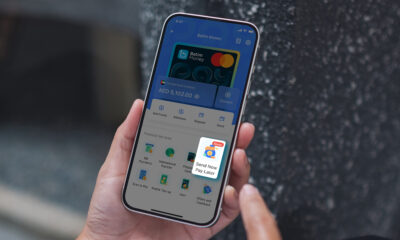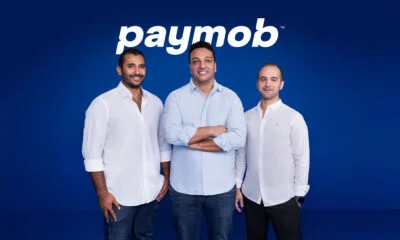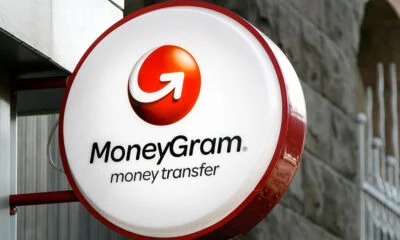News
Improving In-App Payment Processing For Ramadan
Checkout.com’s MENA representative believes in-app payments present an untapped opportunity for revenue growth, especially during busy calendar events.
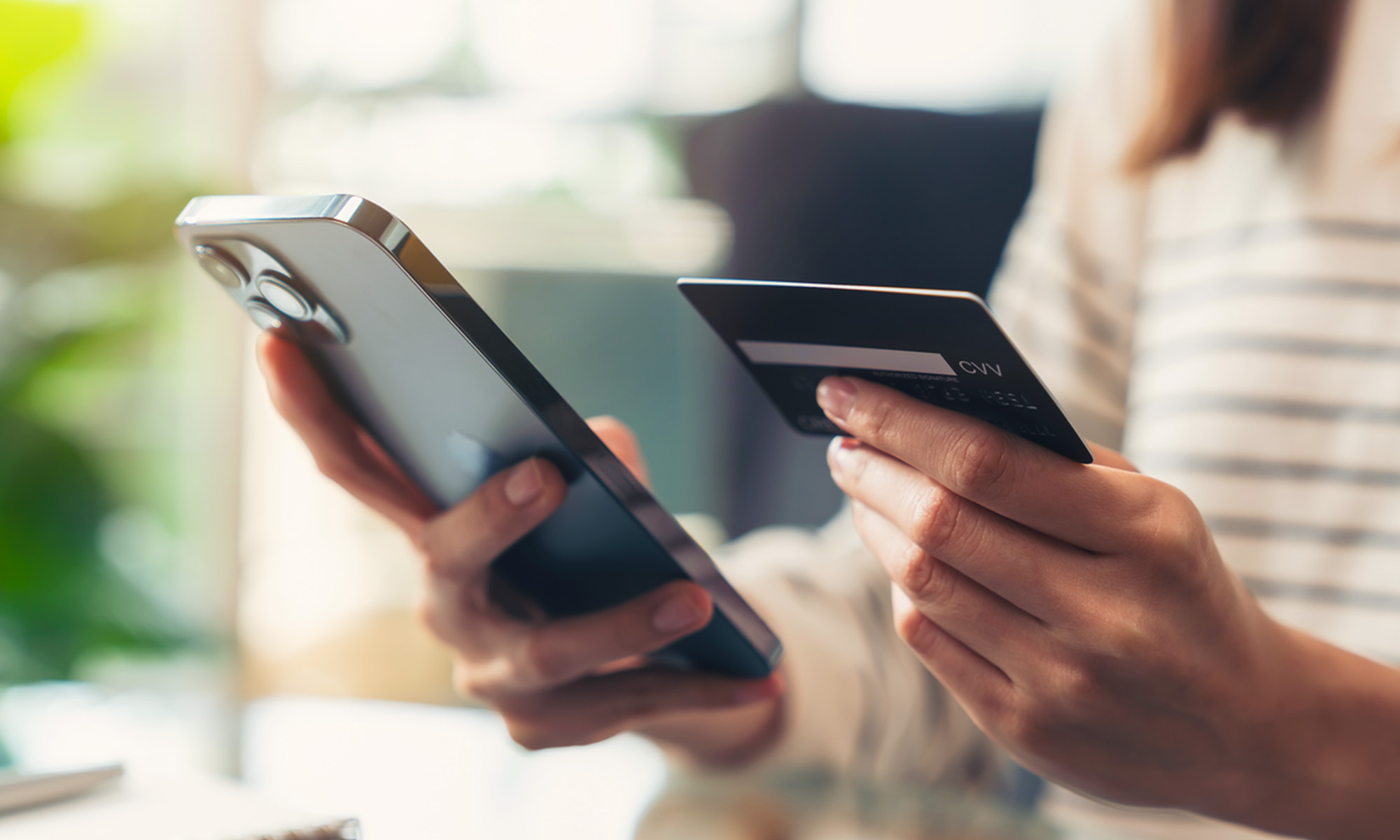
In today’s digital-first era, Ramadan witnesses a massive surge in app browsing and mobile shopping. Payment processor Checkout.com reported a 69% increase in online transaction processing volumes during Ramadan in 2023, with a remarkable 143% rise from 2021 to 2023. This trend underscores the growing trust in digital payment systems fueled by advancements in security and fraud prevention measures. Notably, based on further data from Checkout.com, fraud rates for online transactions during Ramadan in the region decreased by two-thirds between 2021 and 2023.
According to Checkout.com’s MENA General Manager Remo Giovanni Abbondandolo, one way to capitalize on e-commerce surges is by optimizing in-app payment processing. In-app payments present an untapped opportunity for revenue growth during Ramadan, offering various monetization avenues, such as subscription payments for exclusive content.
In-app payment processing enables merchants to accept payments directly within their mobile apps, streamlining the checkout process and enhancing security. However, integrating mobile payment technology via a payment service provider (PSP) requires compliance with Apple or Google’s app store guidelines.
Checkout.com’s Abbondandolo also emphasizes the significant benefits merchants in the GCC can reap from refining their in-app payments, including:
- Improved Conversions: Simplifying the checkout process within the app reduces cart abandonment rates, leading to higher conversion rates.
- Increased Revenue: Seamless in-app payments translate to enhanced conversions, resulting in higher revenue generation.
- Enhanced Customer Retention: In-app payments deliver a frictionless experience, encouraging users to spend more time within the app and boosting retention rates.
- Expedited Settlements: Direct account-to-account payment methods enable faster settlement times compared to card payments.
Also Read: Qatar Airways Unveils The World’s First AI Cabin Crew
However, merchants should consider potential drawbacks, such as high commissions and limited flexibility in payment methods beyond Apple Pay or Google Pay.
Despite these challenges, Abbondandolo suggests that the benefits of in-app payments outweigh the drawbacks, especially during busy seasons like Ramadan. The takeaway from payment processors like Checkout.com is clear: Merchants must adopt a strategic approach to optimize user experience while managing commission costs and adhering to app store regulations.
News
HiFuture Wraps Up Successful GITEX GLOBAL 2024 Appearance
The electronics company wowed audiences at the world’s largest tech event with a range of wearable and smart audio devices.
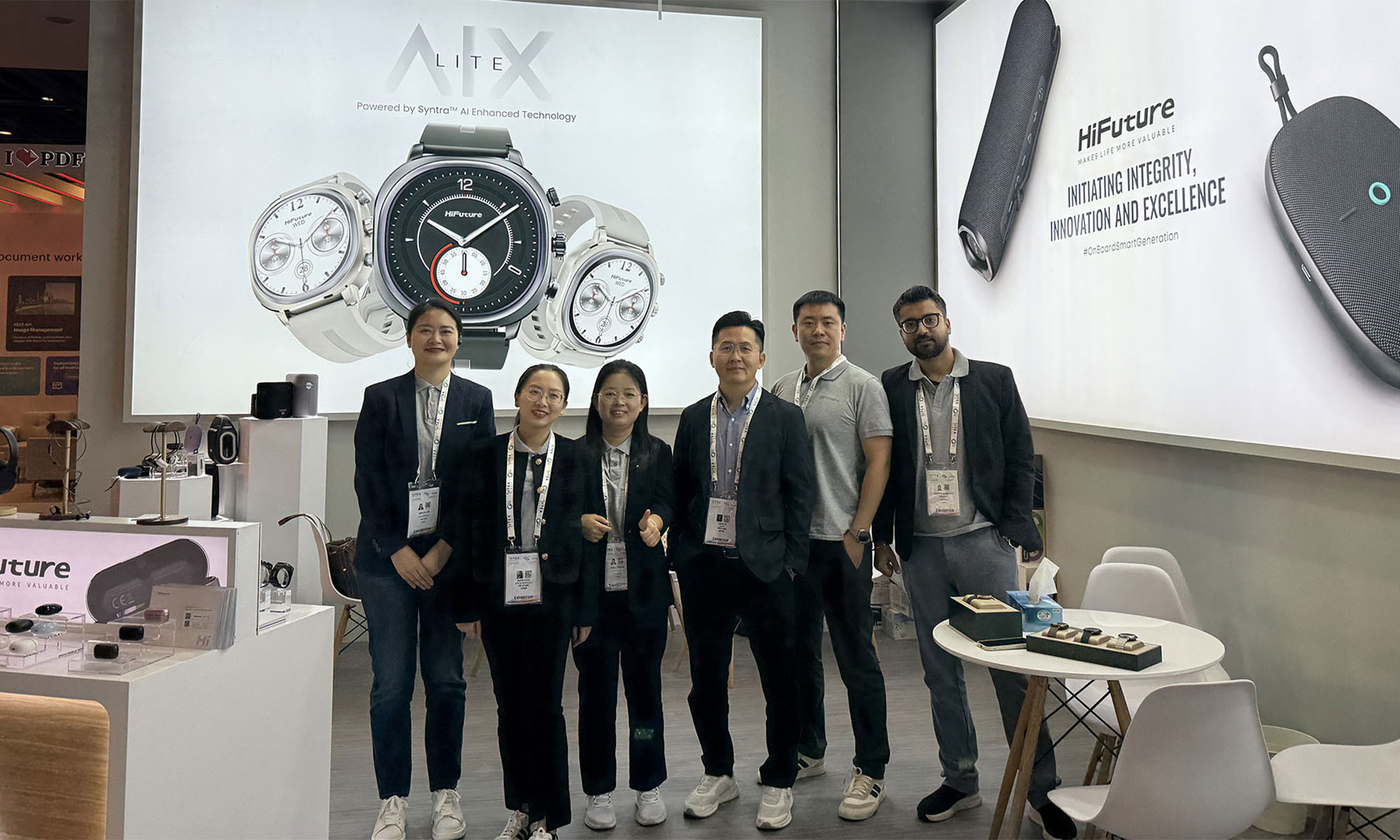
This year’s GITEX GLOBAL 2024 in Dubai saw a huge number of startups, electronics firms, and innovators from around the globe gather for the tech sector’s largest event of its kind. One company making waves at this year’s expo was Chinese tech group HiFuture, which showcased a range of products with a focus on wearable technology and smart audio.
At the HiFuture booth, the company captivated attendees with cutting-edge smartwatches like the ACTIVE and AURORA, along with a range of powerful wireless speakers, earbuds, and even smart rings. Visitors were eager to check out the sleek new designs on offer and even had the chance to test out some of the products themselves.
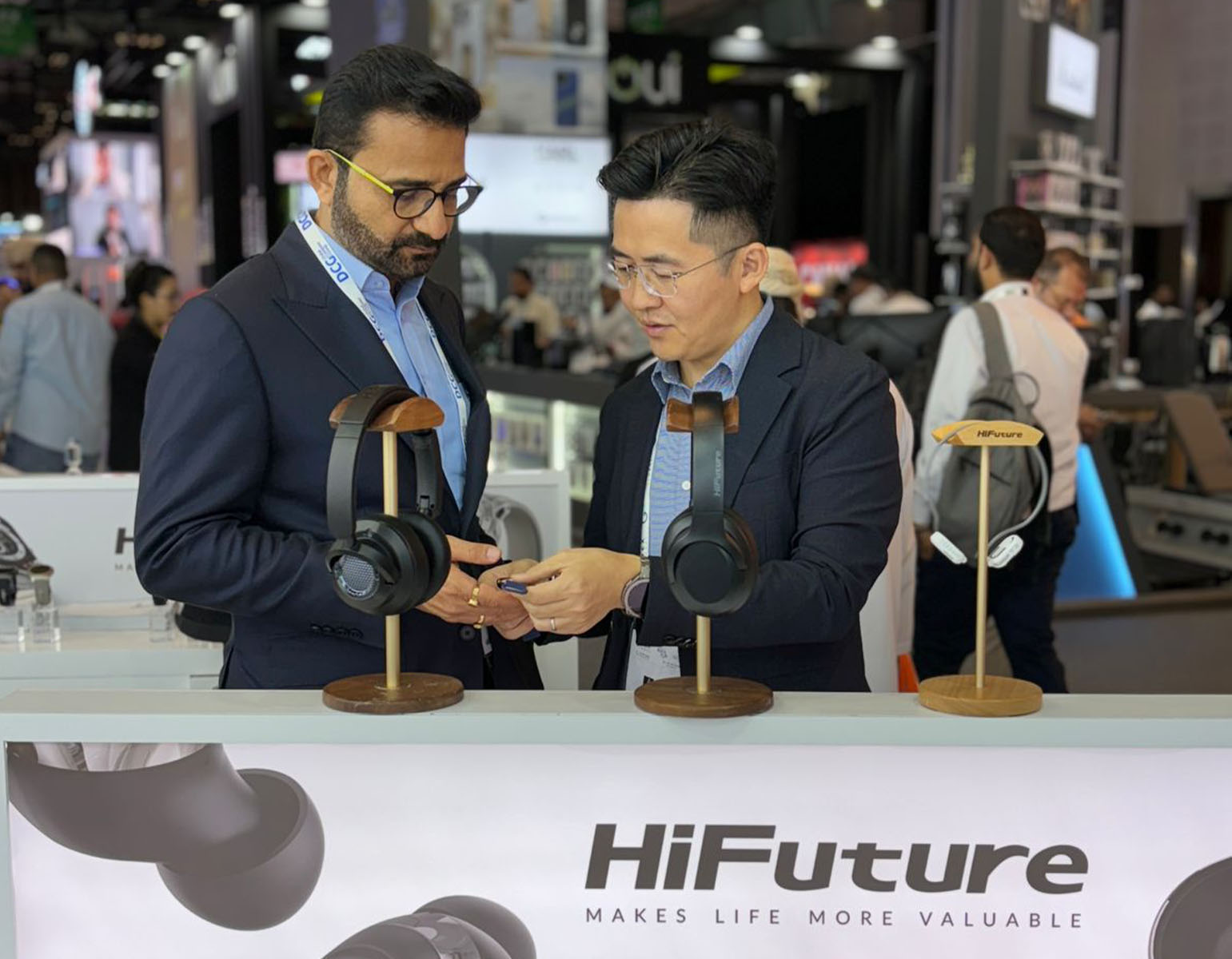
Among the highlights were smartwatches combining dual-core processors with customizable options. The devices blended style and technology, offering health monitoring capabilities, personalized watch faces, and advanced AI-driven functionalities, giving attendees a taste of the future of wearable technology.
On the audio front, HiFuture’s wireless speakers left a lasting impression, offering rich, immersive sound in compact, portable designs. These speakers cater to both intimate gatherings and larger celebrations, offering versatility for users. Meanwhile, the company also showed off its Syntra AI technology, which it claims “revolutionizes health and fitness tracking by combining advanced optical sensors with intelligent algorithms for precise, real-time insights”.
Also Read: How (And Why) To Start A Tech Business In Dubai
The presence of HiFuture’s leadership team at GITEX 2024 underscored the importance of this event for the company, with CEO Levin Liu leading a team of executives, all keen to engage with attendees and offer insights into HiFuture’s vision, product development process, and future direction.
Overall, it seems that GITEX GLOBAL 2024 has been a rewarding experience for HiFuture. The enthusiasm and curiosity of attendees shown to the company’s diverse range of products was obvious, with the HiFuture team leaving on a high note and clearly excited and motivated by the event.


